Stunning photos of the longest partial lunar eclipse of the century
The moon turned a blood red.

The full moon turned bloody red early Friday morning (Nov. 19) when Earth's shadow covered nearly all of it in a partial lunar eclipse for nearly three and a half hours — the longest eclipse of its kind in 580 years.
At first, November's Micro Beaver Moon, named for it's smaller-than-usual appearance because the moon was at apogee, or at its farthest point from Earth, rose into the sky like any other luminous full moon. But then, at around 2 a.m. EST (7 a.m. GMT), the moon entered Earth's umbra, or dark shadow. It looked like a dark bite had been taken out of the moon.
Once the 95% of the moon was covered with the umbra, it turned an eerie red. Earth's atmosphere is to blame: while Earth blocked most of the sun's rays from reaching the moon, some of those rays went around Earth and through its atmosphere, letting only the longer wavelengths, such as red, through.
Here are stunning images of the full moon and the partial lunar eclipse, captured by photographers around the world.
Related: Do other planets have solar eclipses?
Beaver Moon from Bogatá
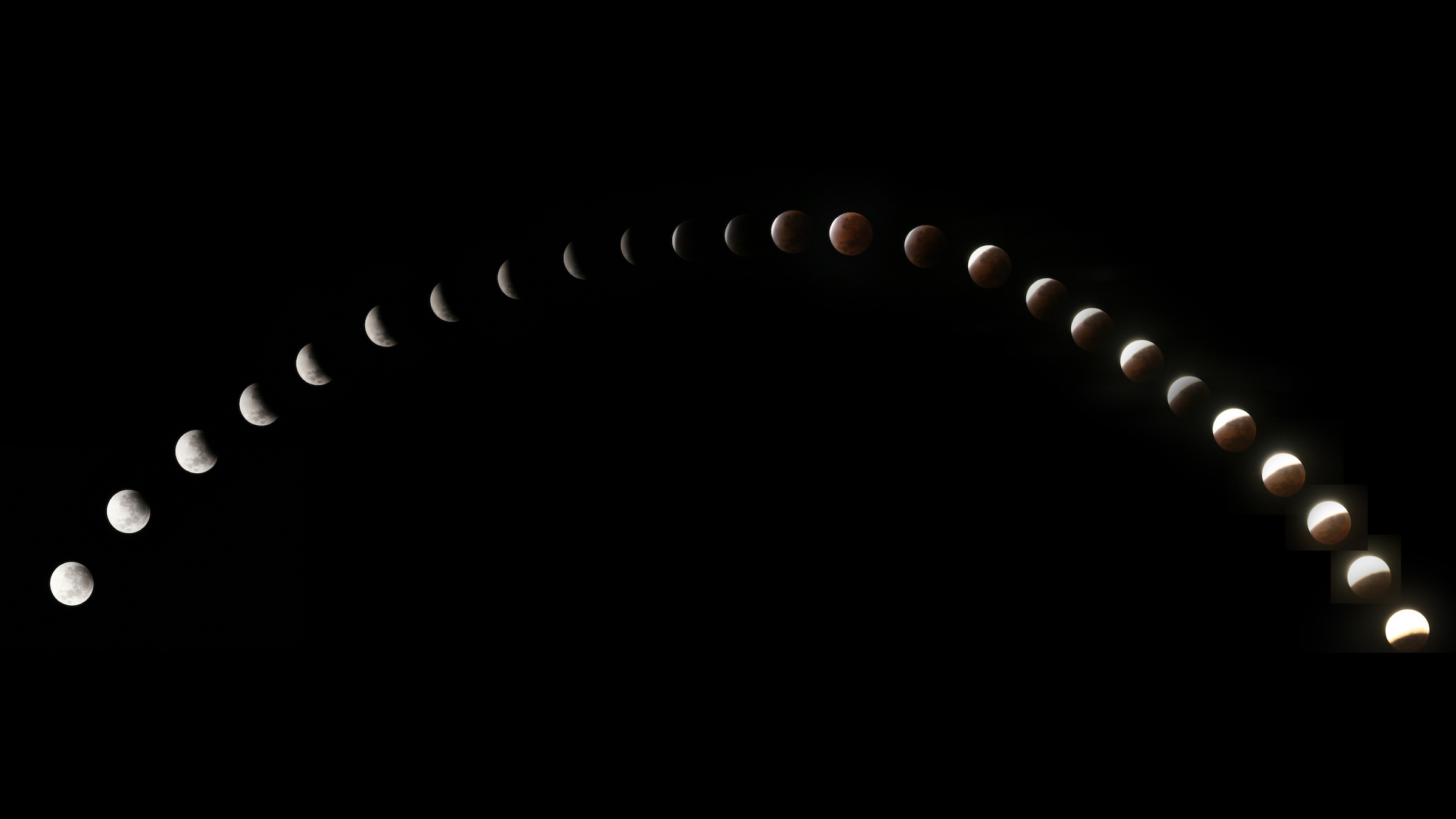
Wisconsin moon
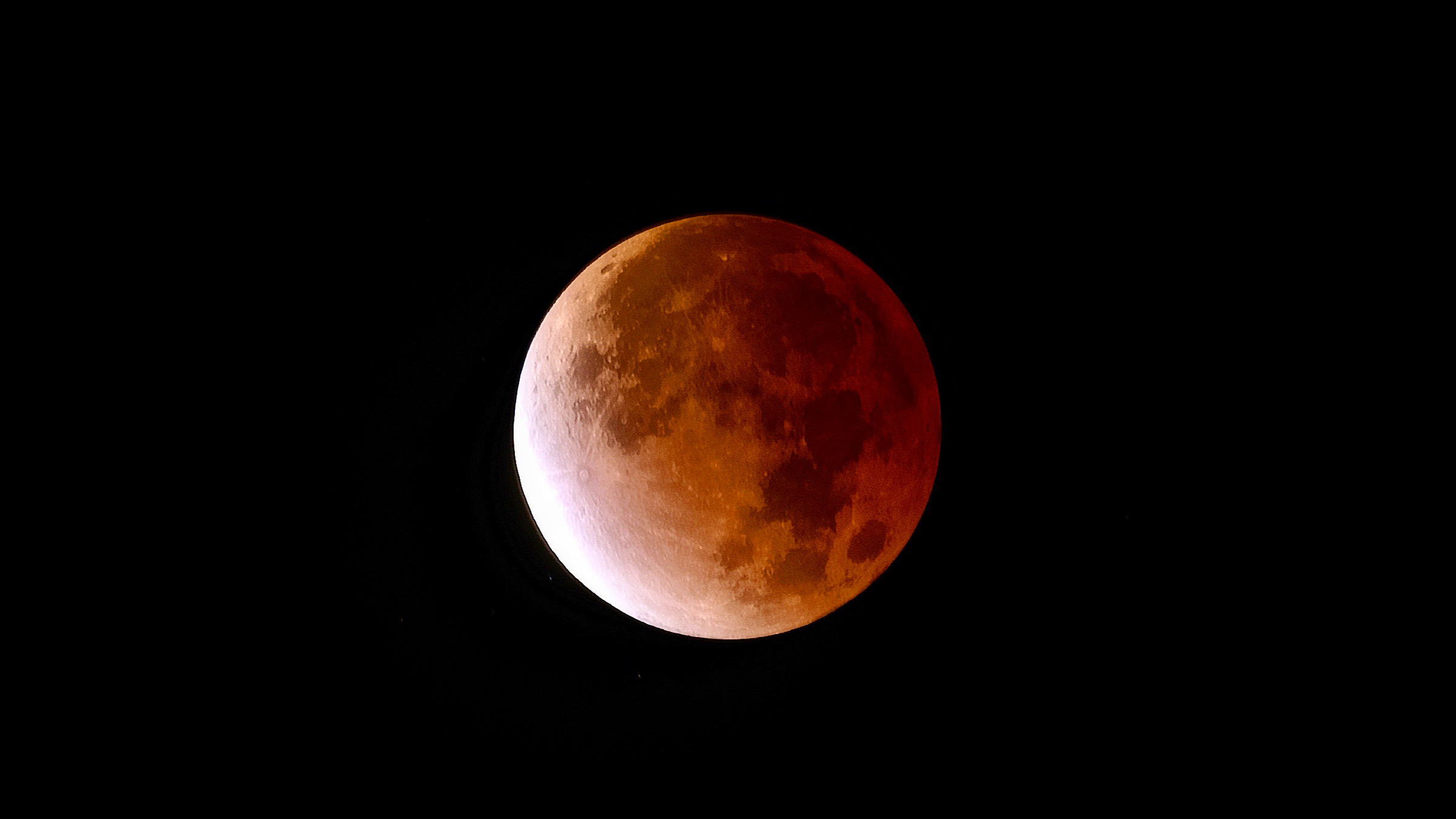
Florida eclipse
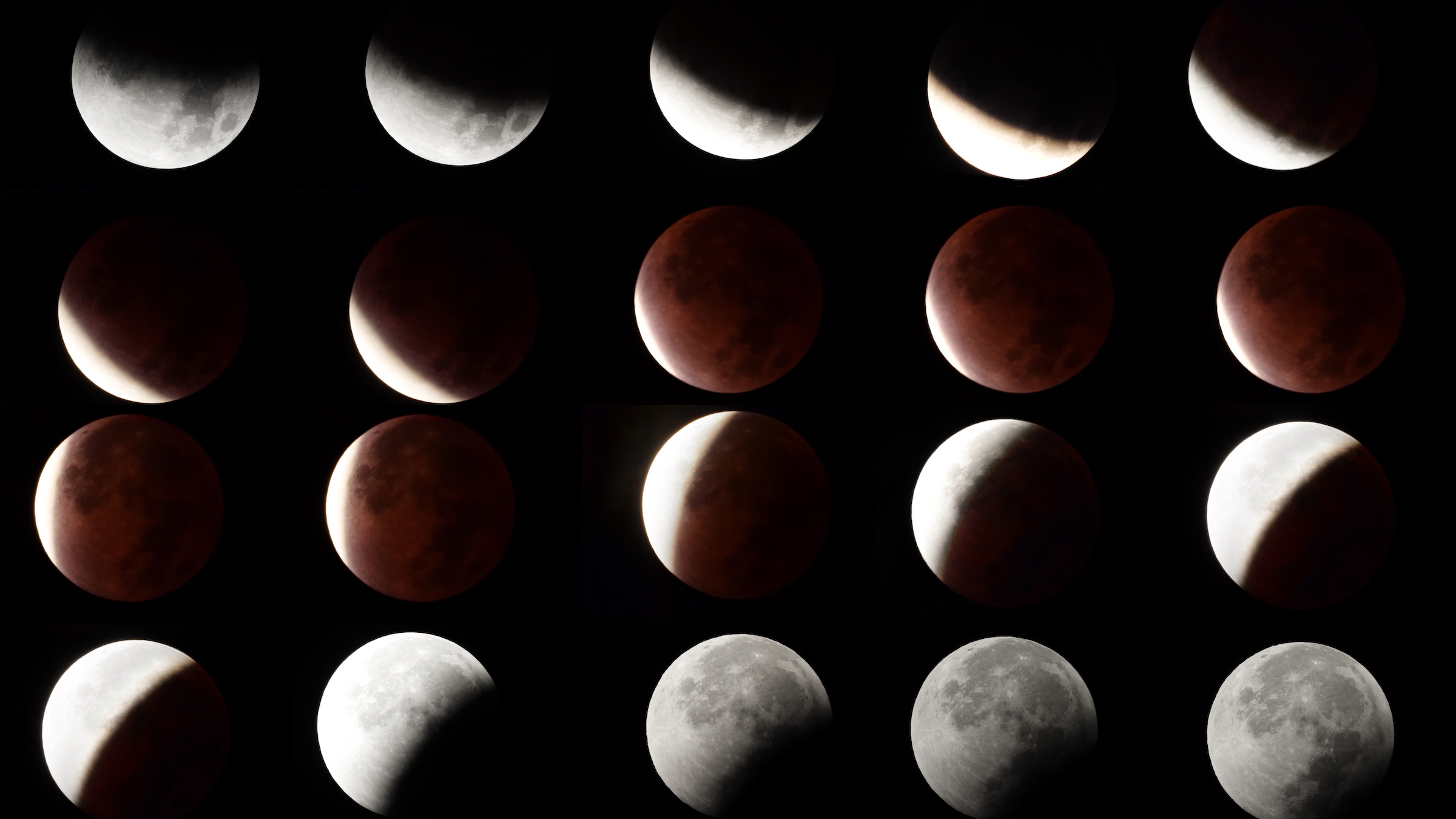
South of Seoul
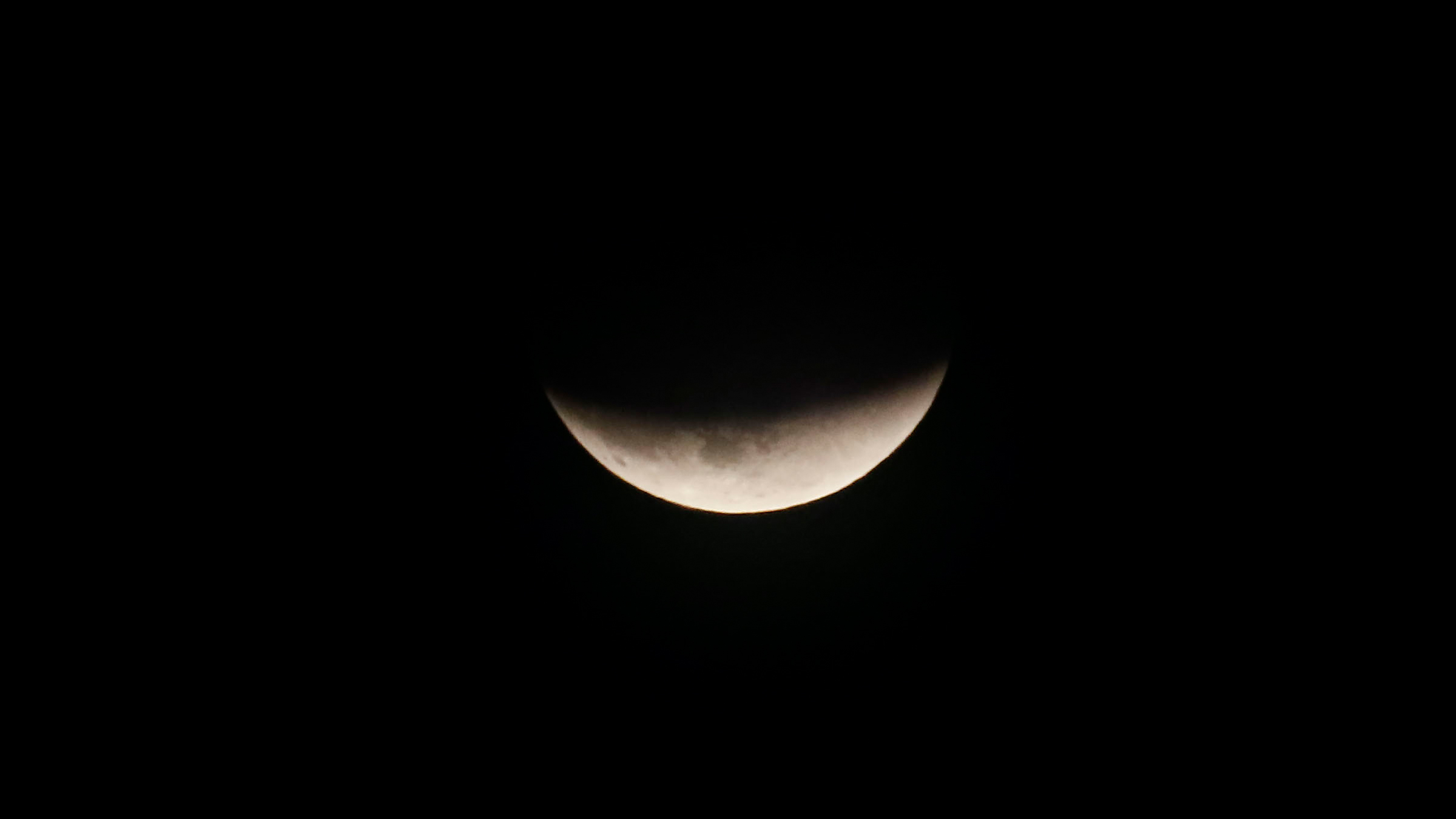
Ruddy red
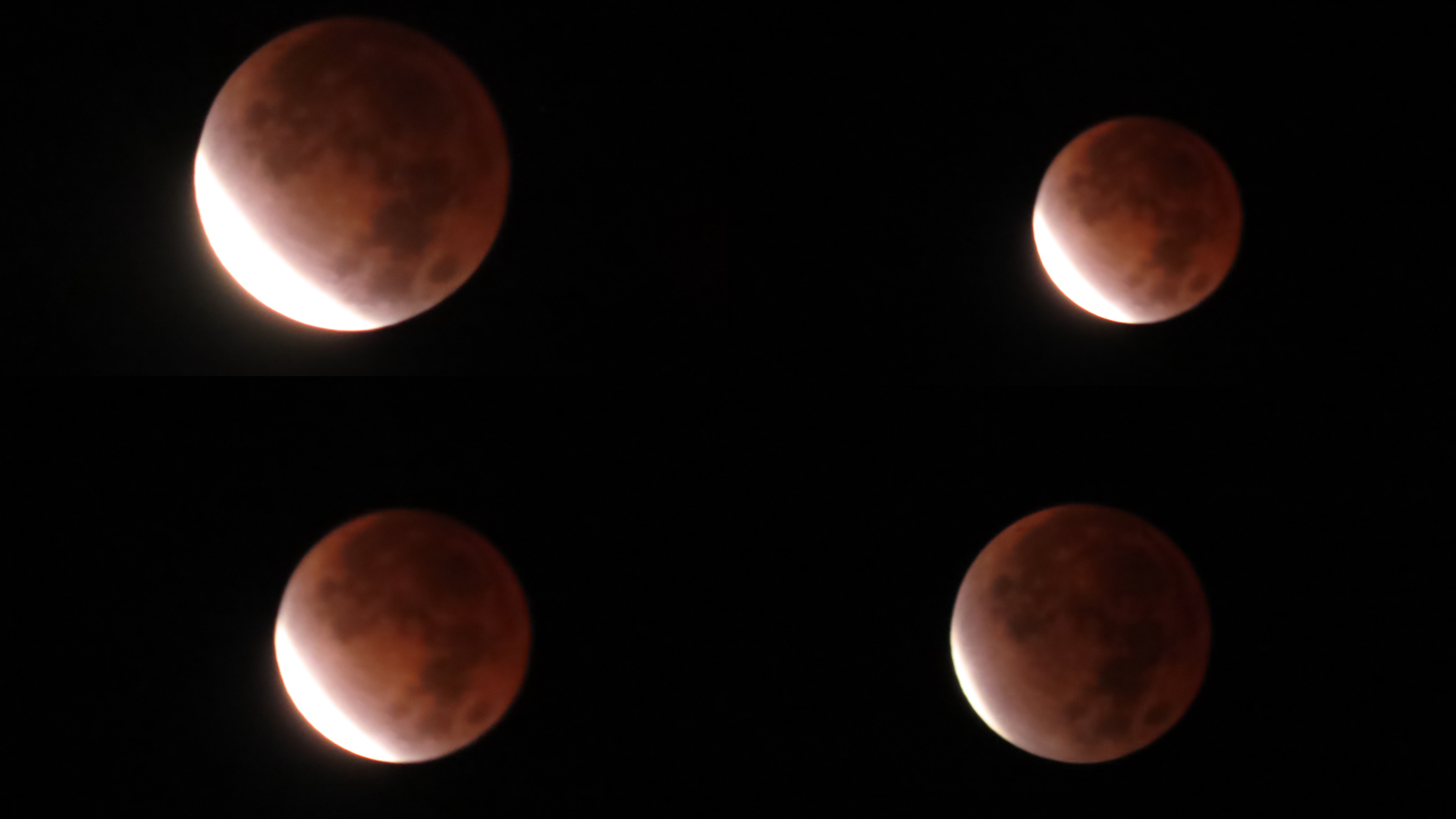
Texas shot
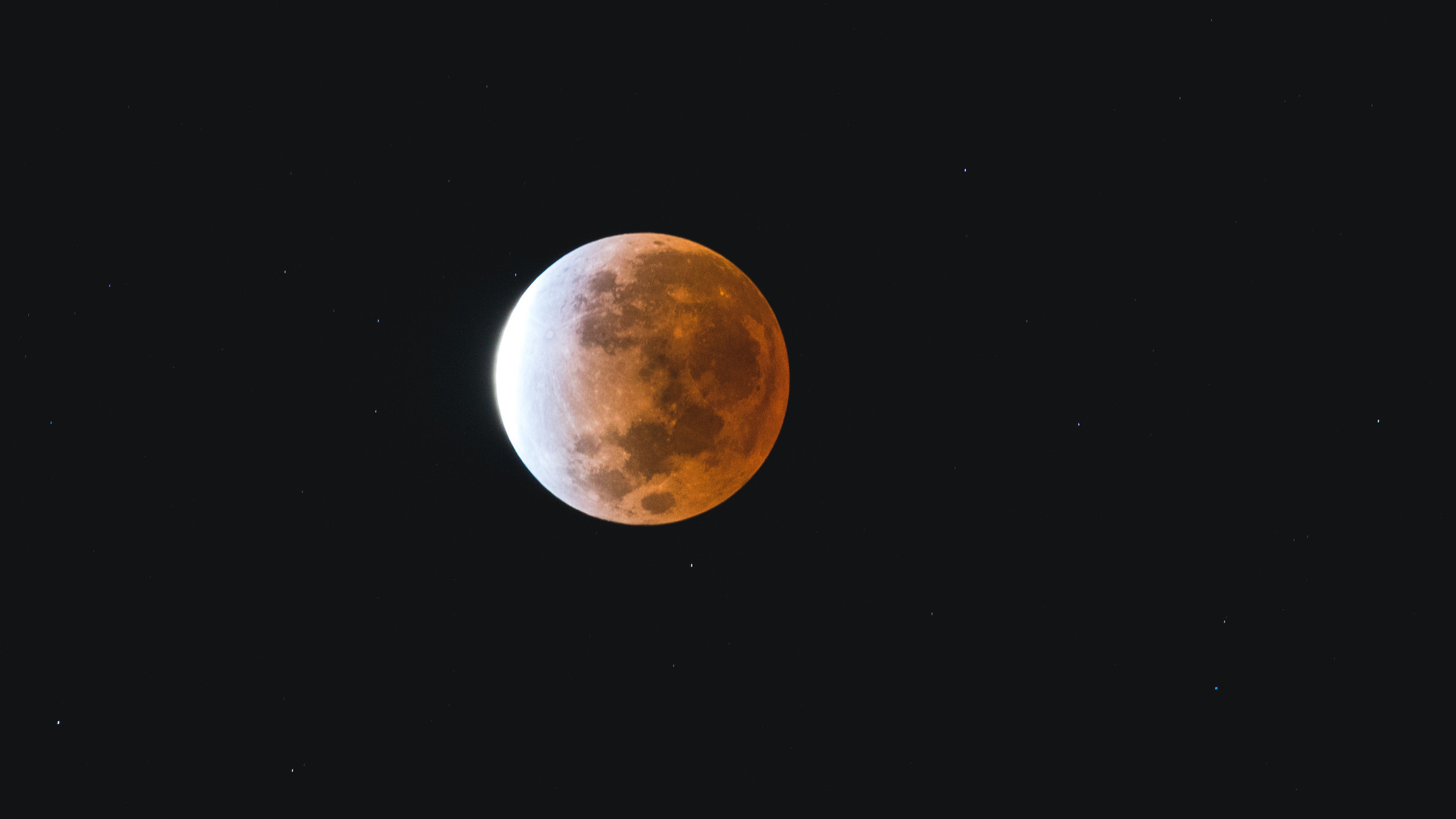
View from Japan

New Jersey perspective
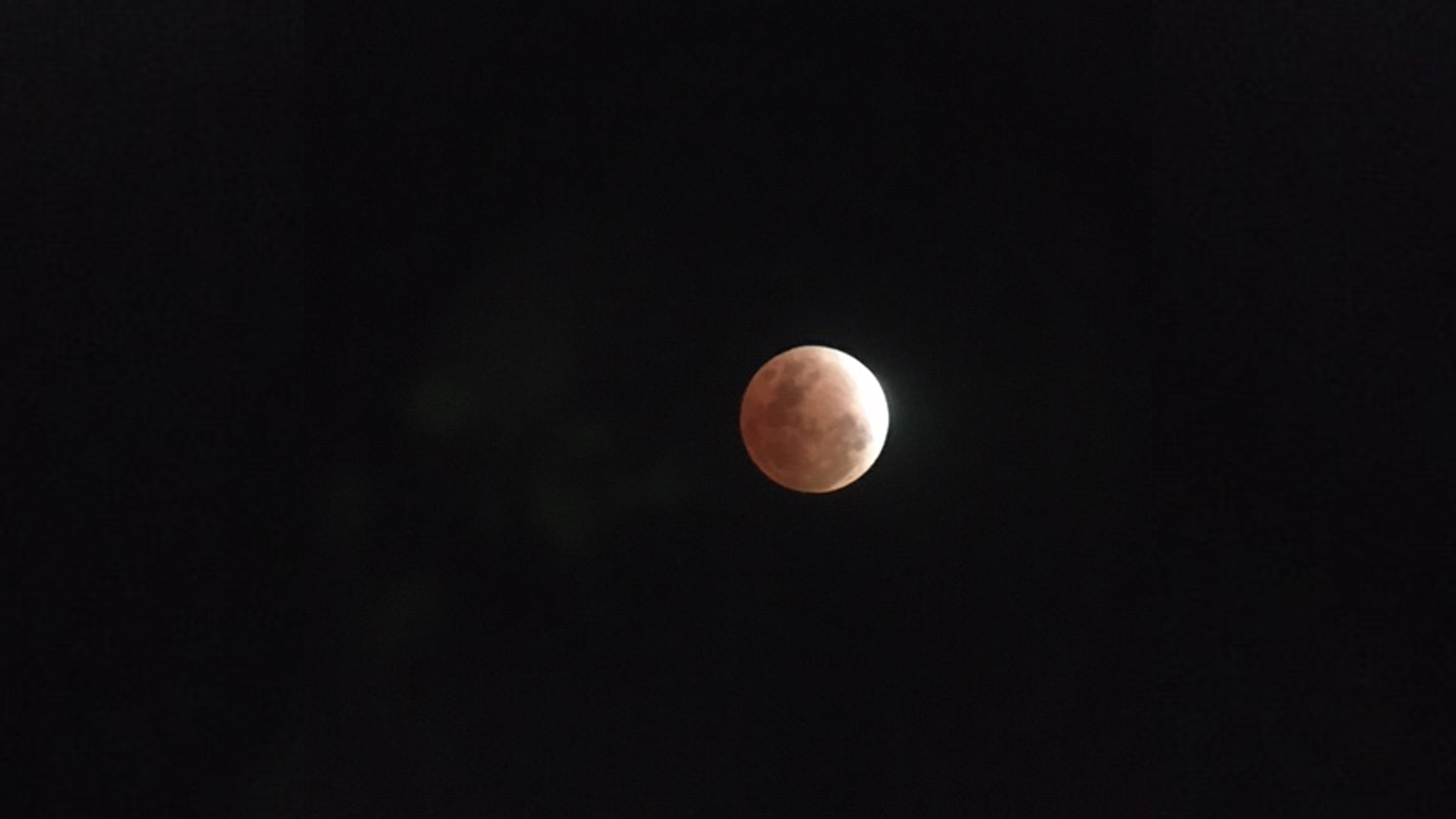
By the bridge
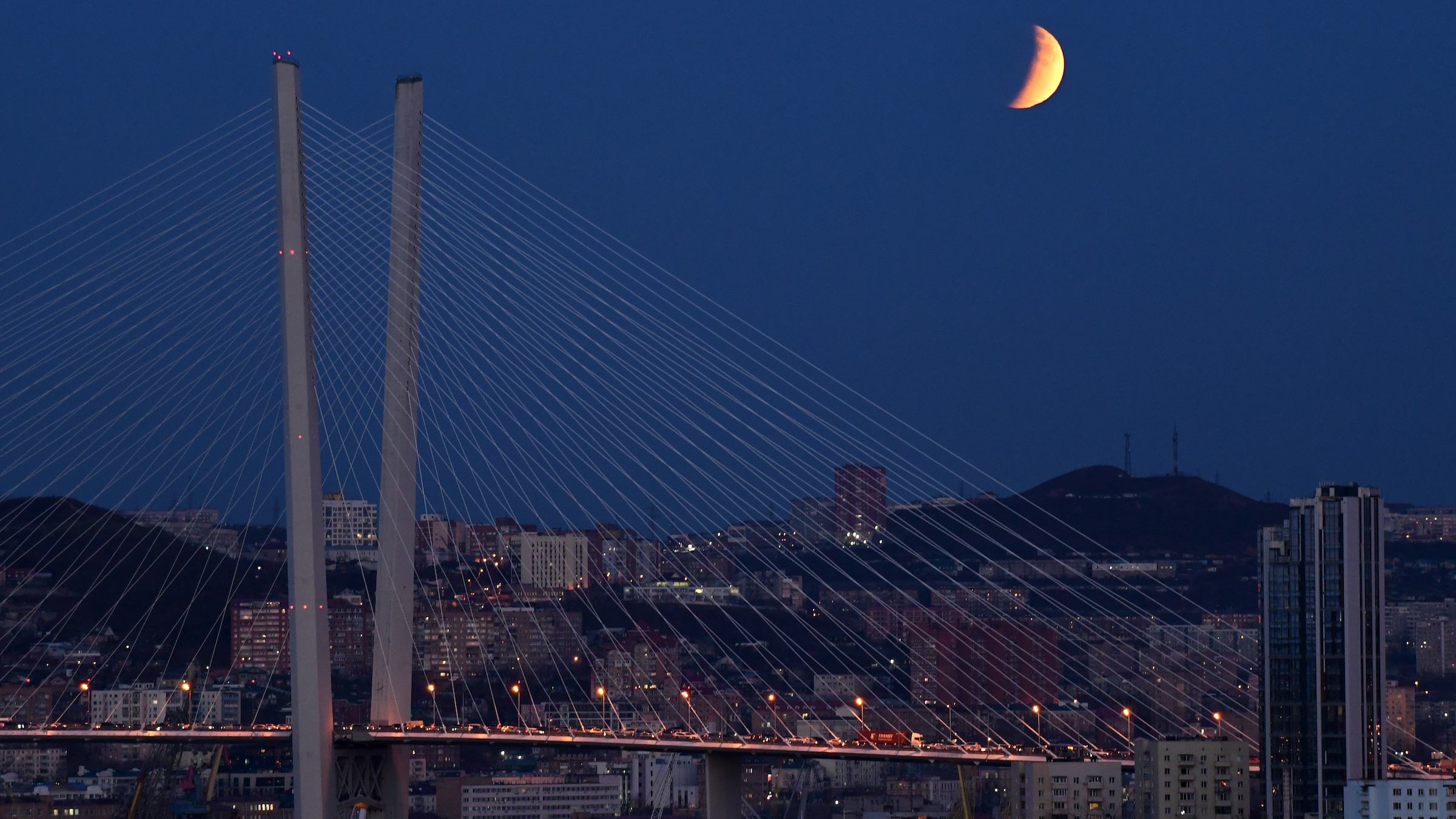
Virginia vista
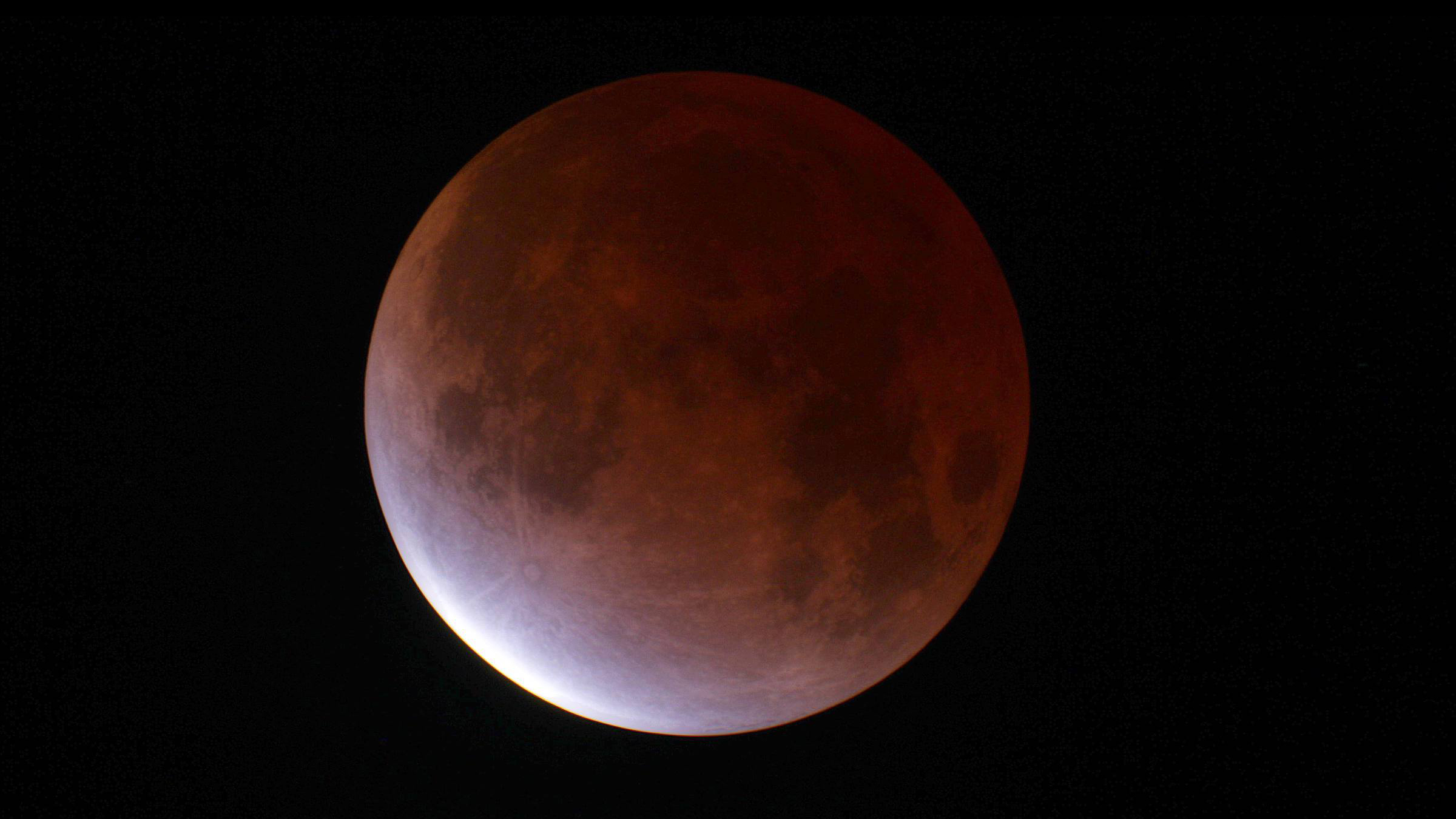
Originally published on Live Science.
Sign up for the Live Science daily newsletter now
Get the world’s most fascinating discoveries delivered straight to your inbox.

Laura is the archaeology and Life's Little Mysteries editor at Live Science. She also reports on general science, including paleontology. Her work has appeared in The New York Times, Scholastic, Popular Science and Spectrum, a site on autism research. She has won multiple awards from the Society of Professional Journalists and the Washington Newspaper Publishers Association for her reporting at a weekly newspaper near Seattle. Laura holds a bachelor's degree in English literature and psychology from Washington University in St. Louis and a master's degree in science writing from NYU.









